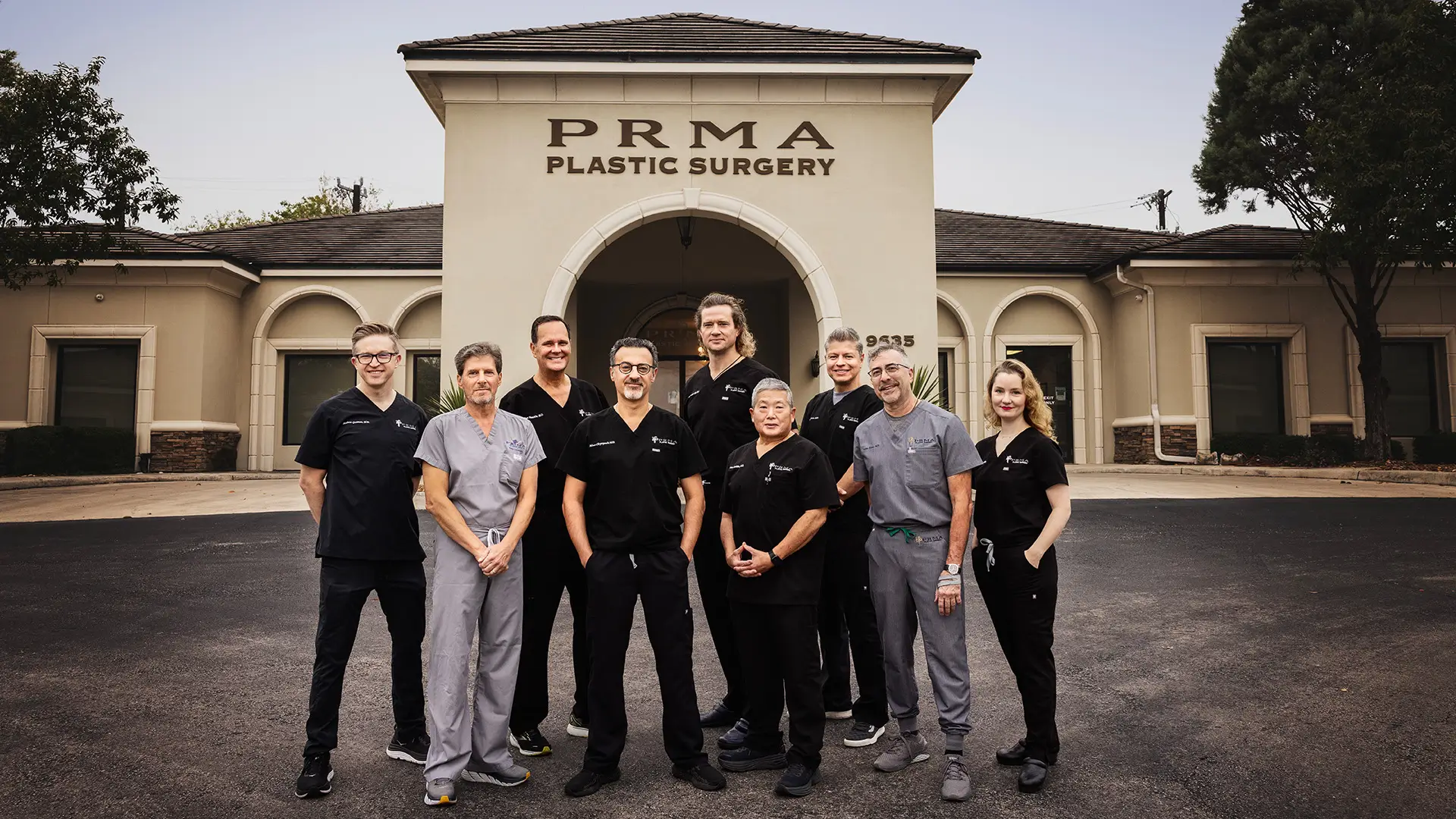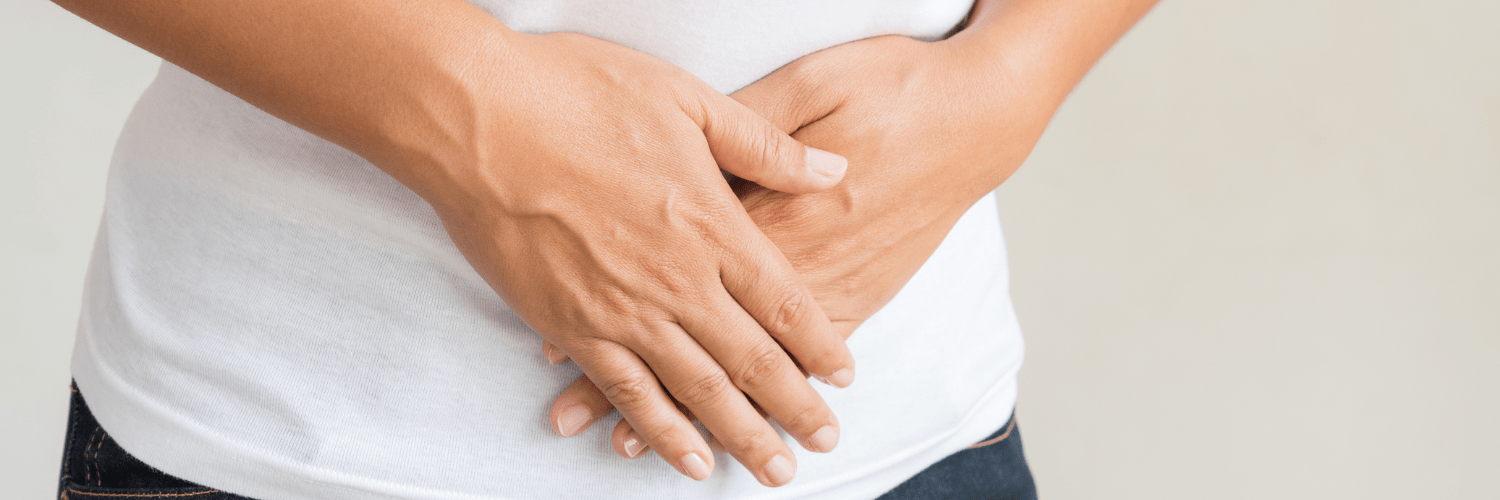Post-Operative Care
Surgical Drain Care
After breast reconstruction surgery, patients will have surgical drains placed to prevent blood and lymphatic fluid from building up under the skin, allowing for a quicker recovery.
The surgical drains look like small grenades (about the size of a fist) and have fluid measure markers around the outside. The drains are connected by a drainage tube that extends from an incision and sutured into place so it doesn’t accidentally slip out and leak.
When recovering from breast reconstruction, incision sites will be tender and sensitive. If the suture holding the drain in place is constantly tugged on, it could become quite painful. To reduce the risk of potential tugging to the drain, safety pins can be used to secure the drains to your clothing. Simply stick the safety pin through the drain’s tag or cap loop and attach the drain to your shirt or surgical bra. If pinning a drain to your clothing does not sound appealing, you may opt to attach them to a long, sturdy necklace. This is also an optimal choice while showering.
Before surgery, a PRMA nurse will provide a drainage log sheet. After surgery, it will be important to log the drain output at least twice daily. To accurately measure your drainage output, dispense the fluid into a measuring cup (provided to you by the nurse after surgery). This information will be helpful in monitoring recovery. Before the drains can be removed there must be less than 30cc’s of output a day for a 48 hour period.
To eliminate clogging of the drains, it is important to “strip” the drain a couple of times a day. Watch below as Nurse Amy demonstrates the proper way to strip drains and measure drainage output.
How To Properly Wear Abdominal Binder
After any surgery involving your abdominal area, such as DIEP flap breast reconstruction or fat grafting, you will need to wear an abdominal binder. The garment can look very overwhelming at first glance, but rest assured you can manage it!
The binder should be worn with the tag facing away from your body and the u-curve resting right above your buttocks. The wrap belts are coded with letters (A, B, C) to ensure proper match ups. The easiest way to remember where the wraps should be lined up and in which order they go is using the letters!
A=Abdomen (the middle wrap belt will go first, is marked with an “A,” and will lay over your mid-lower abdomen)
B=Below the abdomen (the wrap belt labeled with a “B” will follow and should connect just below your abdomen)
C-Chest (the last wrap belt to connect is marked with a “C” and will rest just below your chest)
For a more detailed demonstration of how to properly wear an abdominal binder after breast reconstruction surgery check out this instructional video featuring PRMA nurse Denise and patient Terri!
Recent Blog Posts








